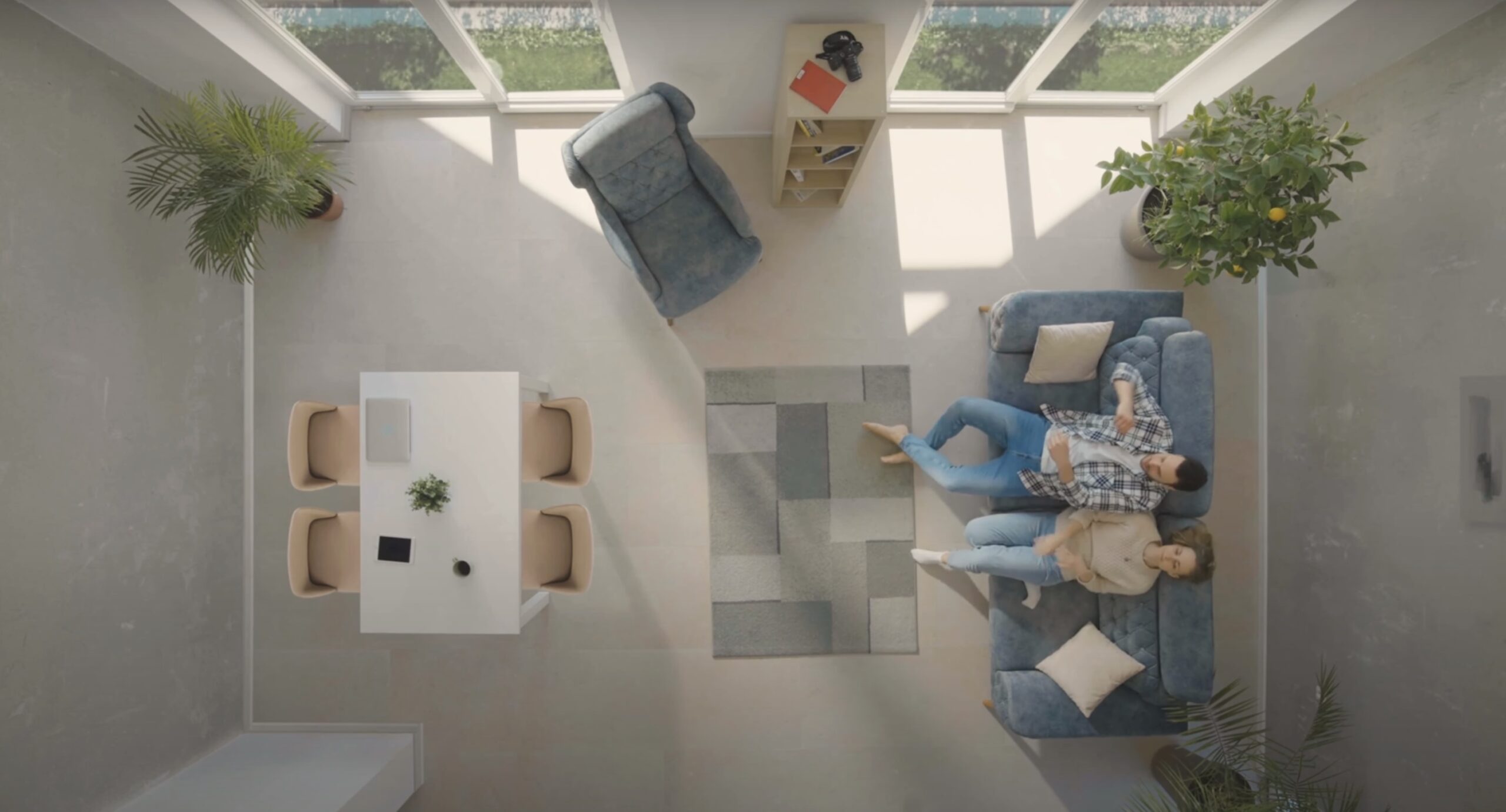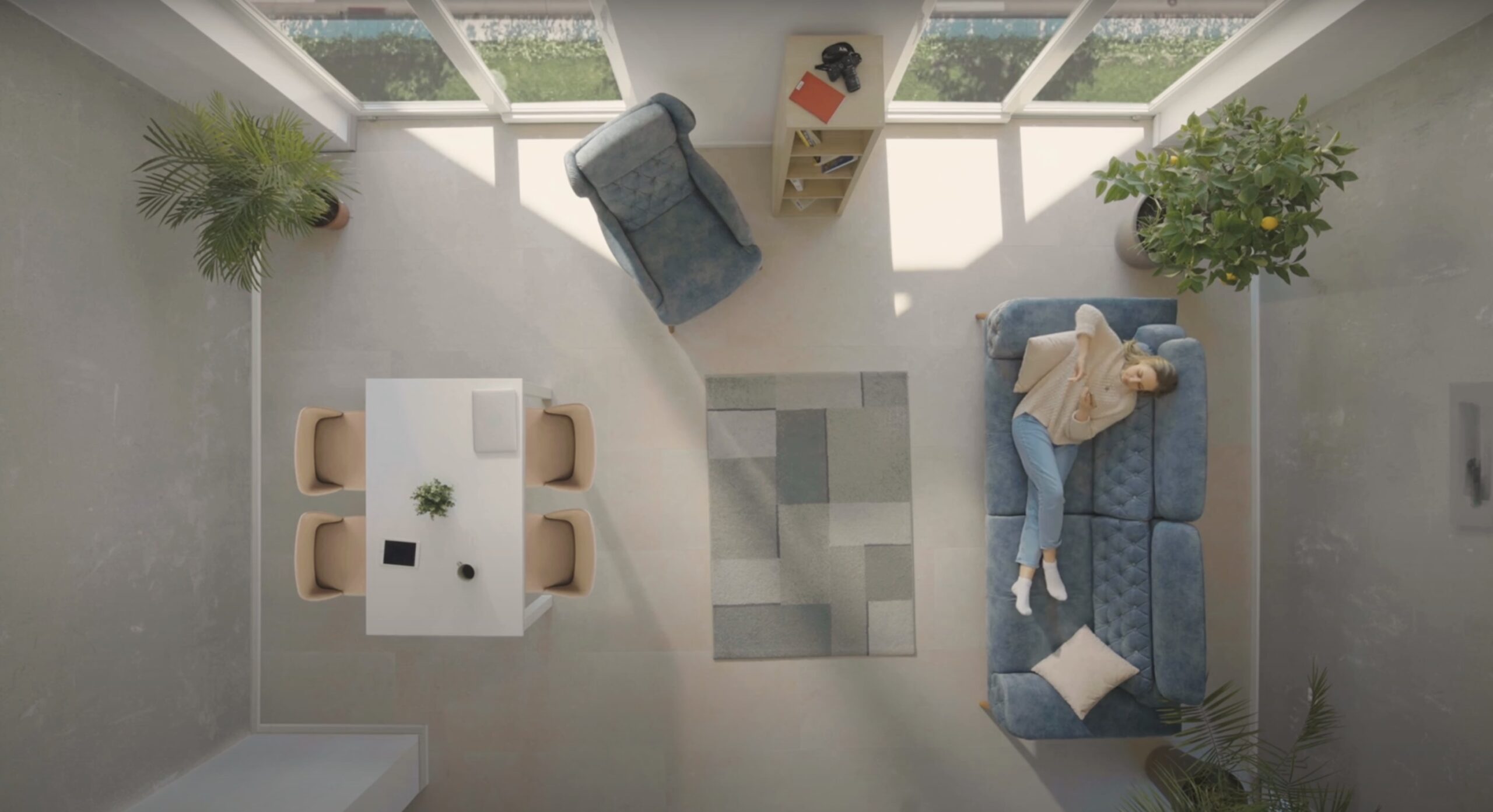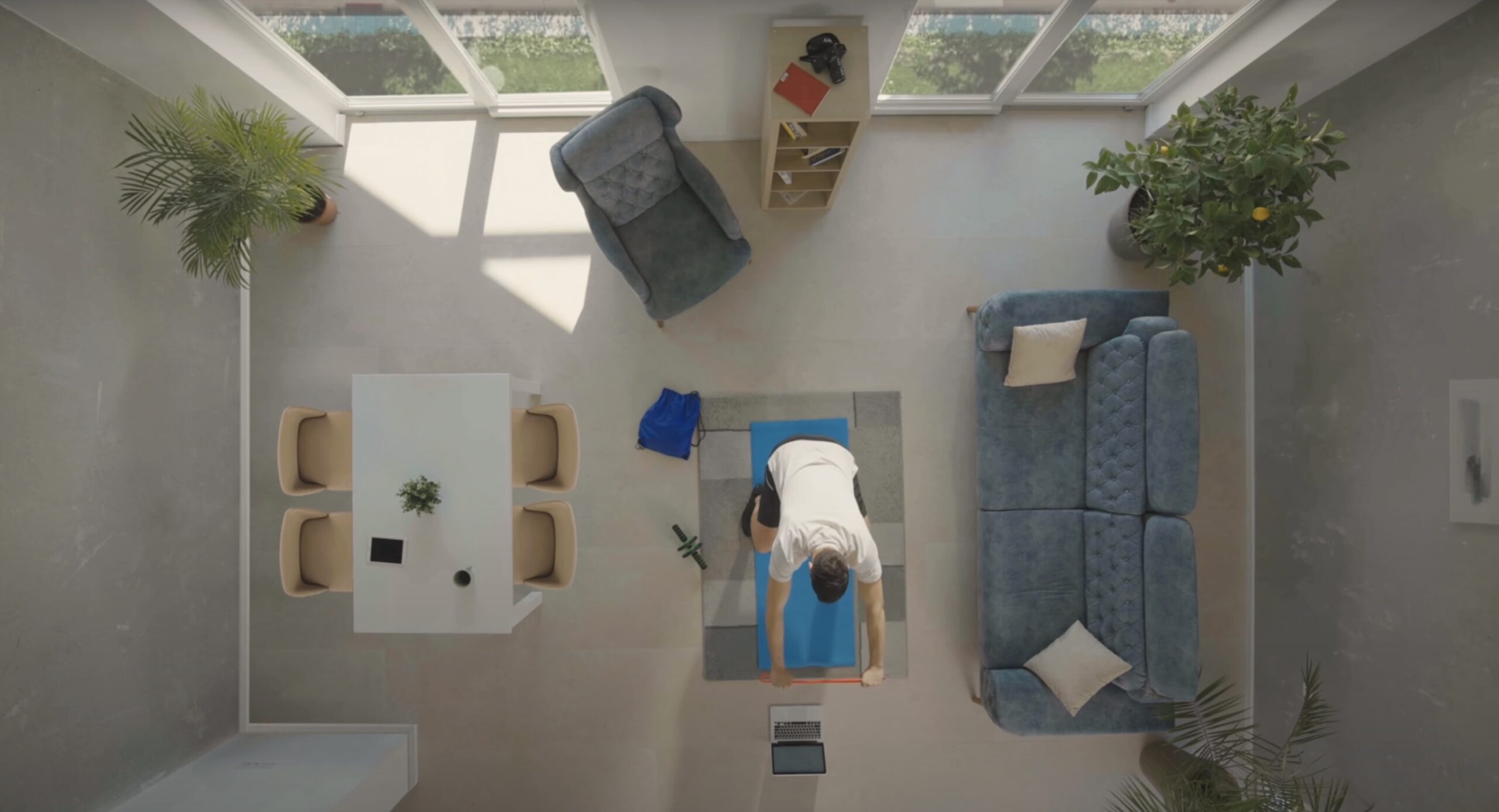A foundation for connected living.
In redefining urban living, apartments must transcend mere shelter to become vibrant hubs within a cohesive ecosystem. At UBRIS, our expertise in business strategy, urbanism, and marketing shapes a vision where residences in the 2-Minute City are not isolated units but integrated beginnings—designed to foster meaning, connection, and adaptability. By centering homes within multifunctional urban blocks, we enhance resident wellbeing, drive property value, and create compelling marketing narratives that position developments as premium, human-centric lifestyles.
What we observed
Modern apartments often fall short of delivering holistic urban living, prioritizing aesthetics over functionality:
- Marketing over meaning: Sold on surface area and buzzwords like “smart” or “premium,” they lack true integration with daily needs.
- Disconnected locations: Positioned far from schools, shops, or offices, forcing residents into time-consuming commutes.
- Isolated quiet: Promising tranquility, they often deliver isolation, disconnecting residents from community vitality.
- Barren interstitial spaces: Corridors and lobbies remain sterile, offering no shared areas for interaction or rhythm.
- Fragmented lives: Beautiful interiors house disconnected lives, leaving residents feeling alone despite proximity.
From a business perspective, this approach limits long-term occupancy and value appreciation. Urbanistically, it fragments communities and wastes urban potential. Marketing-wise, it fails to meet the growing demand for purposeful, connected living spaces.
What we propose
Our 2-Minute City places apartments at the heart of an integrated urban ecosystem, designed for both function and feeling:
- Central connectivity: Embed homes within reach of schools, offices, gyms, and stores—all accessible within 2 minutes, eliminating reliance on distant amenities.
- Human-centric design: Craft spaces that nurture mental and emotional wellbeing with shared terraces, micro-libraries, flexible living areas, and intuitive circulation paths.
- Balanced living: Blend private sanctuaries with community access, fostering belonging without sacrificing personal space.
- Adaptive architecture: Incorporate modular layouts, smart air and light flow, sound-insulated walls, and adaptive storage to evolve with residents’ needs.
This model drives business value through higher retention and premium pricing, urbanistically fosters cohesive neighborhoods, and markets a lifestyle of seamless integration and meaningful connection.
How it changes life
By redefining homes as nodes in a vibrant ecosystem, we transform daily experiences:
- Beyond square meters: Home becomes a launchpad for connection, not just a floorplan metric.
- Effortless access: Walk your child to school or pop into a store in 2 minutes, reclaiming time from traffic.
- Organic interactions: Meet neighbors naturally on shared terraces or in lounges, building community without forced effort.
- Purposeful belonging: Feel part of a living network while retaining personal privacy, balancing individuality with inclusion.
These shifts elevate resident satisfaction, creating marketable narratives of enriched urban living that drive demand and long-term investment returns.
Why it matters
Homes should do more than shelter—they must enrich lives with meaning per square meter. By supporting mental and emotional health, apartments become anchors of urban vitality. From a business lens, this fosters loyalty and premium valuations; urbanistically, it knits stronger communities; marketing-wise, it taps into the demand for authentic, connected lifestyles, positioning developments as leaders in sustainable urbanism.




